
The relevant volume report is published on the portal of National Academies of Sciences, Engineering and Medicine (NASEM). A printed copy costs 45 dollars (about 3300 rubles), and a free PDF file can be downloaded after registration. In the publication, leading experts of the rocket and space industry lead their authoritative opinion on two key issues: thermal nuclear rocket engines (NTP, yard) and nuclear power plants for electrical operating engines (NEP).
Both of these activities in one way or another were worked out and even embodied "in metal", but for Martian missions it is not enough. Recall, the National Aeronautics and Space Space Research (NASA) is planning to land people on the Red Planet around 2039. This will precede the piloted flight of Mars or his companion Fobos in 2033. It seems that time is abused, however, experts believe that if you do not take action, you will have to fly on chemical missiles and strongly limit the missions program. The entire report is permeated by one thought: without an increase in the financing and the "aggressive" pace of development, nuclear reactors will not help the colonizers of Mars.
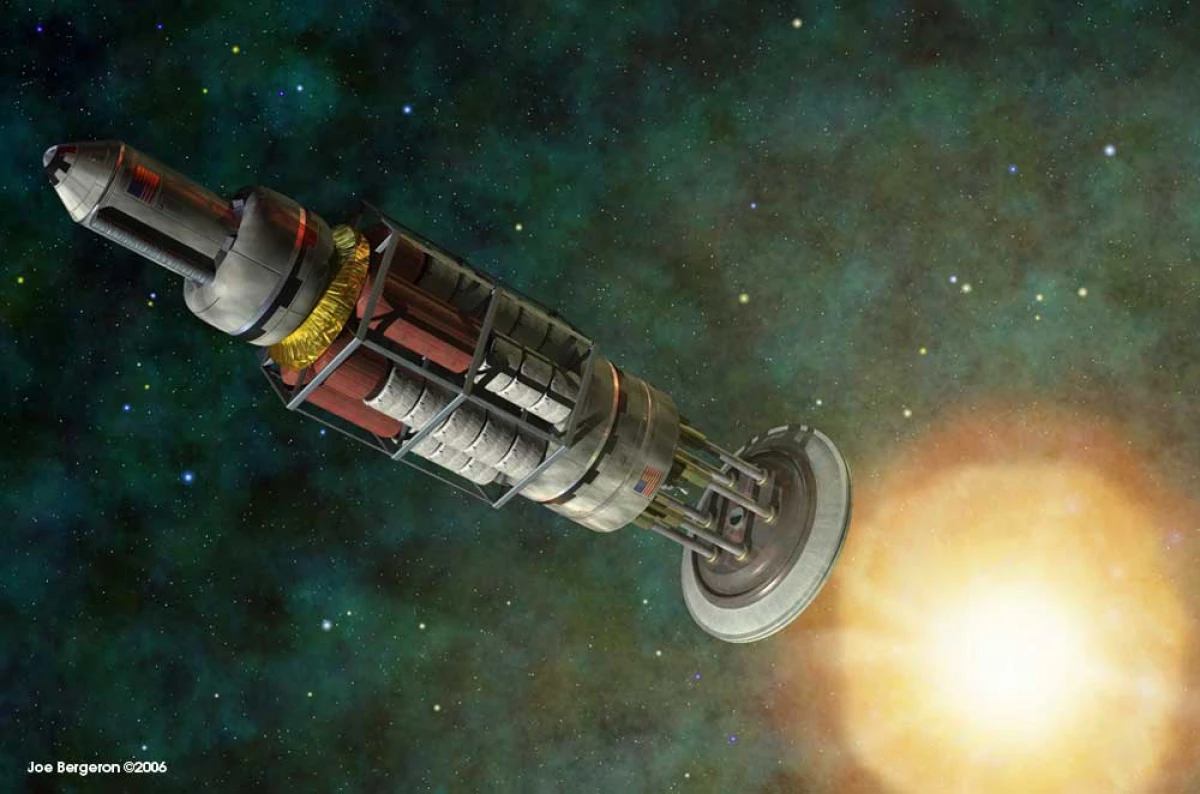
We might think that NASA and the accompanying American departments are simply once again trying to convincingly score politicians and the public to expand funding. To some extent, it is so, but, on the other hand, all requests are quite substantiated. If you abstract from the point of view, "they just need money more", there are many useful and reasonable reasoning in the report. It is especially interesting to read the opinion of foreign specialists of the rocket and space industry against the background of many years of epic with the development of a nuclear cosmic tug in Russia. So, in the report there are several fundamental difficulties in the development of each of the directions.
Heat nuclear rocket engines (yard)
From the point of view of simplicity, the NTP design is an unconditional leader in the sphere of space nuclear technologies. In fact, it is a regular thermal rocket engine in which the working body (usually hydrogen) is heated not by a chemical reaction with an oxidizing agent, and flowing through the active zone of the atomic reactor. The diagram of the entire installation is deceptively primitive: gas from the tank falls on the fuel assembly, heats up and expands, and then with a huge speed expires from the nozzle. Such installations even passed testing in the last century, and some were ready for commissioning. But did not come around.
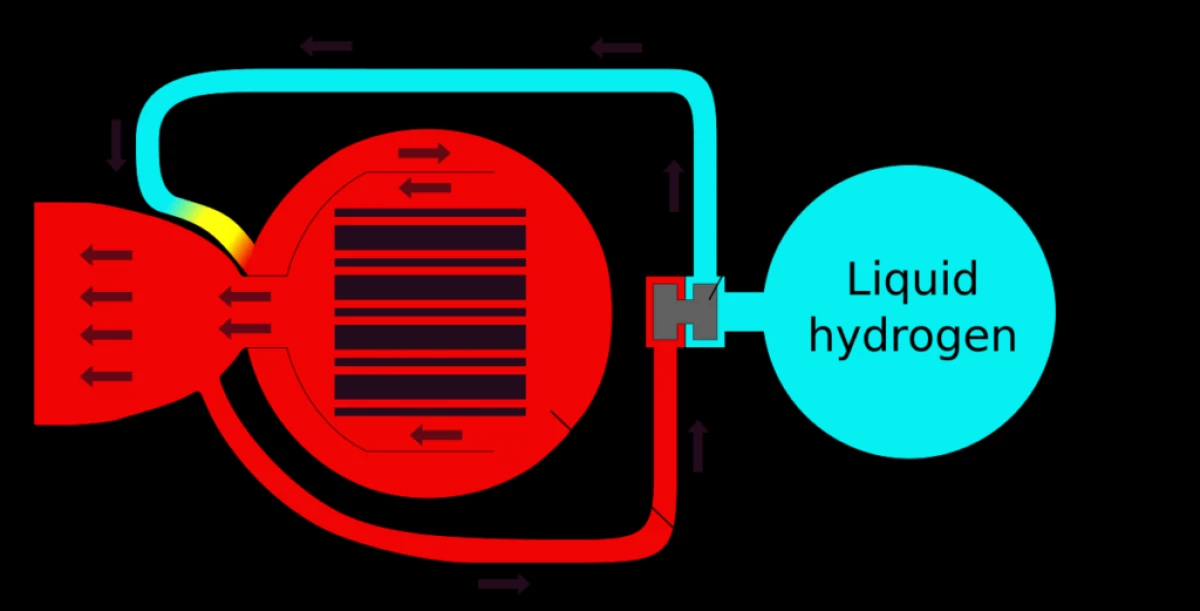
To create powerful, safe and durable yards, you need to solve the only one problem. Or rather, invent such materials that will withstand the necessary temperatures in the active zone. As a rule, the effectiveness of such engines is maximum when hydrogen is heated to 2700 degrees Kelvin. Depending on the design, this value varies between 2.5 and three thousand degrees. And in this direction of materials science, so far deaf: either single experimental development, or test failures.
Additional headache adds a question of tests of such engines - on the courtyard is already far from being expected by the Space Race of the 1960s, the emissions of thousands of cubic meters of radioactive gases into the atmosphere today citizens will not suffer anywhere. So and with stands will have to come up with something to conduct tests directly in space.
Finally, there remains the problem of storing hydrogen throughout the trip to Mars and back. This gas in liquid state diffuses to many materials and will leave the tank through the micropores in the material of the walls, and even quickly evaporates.
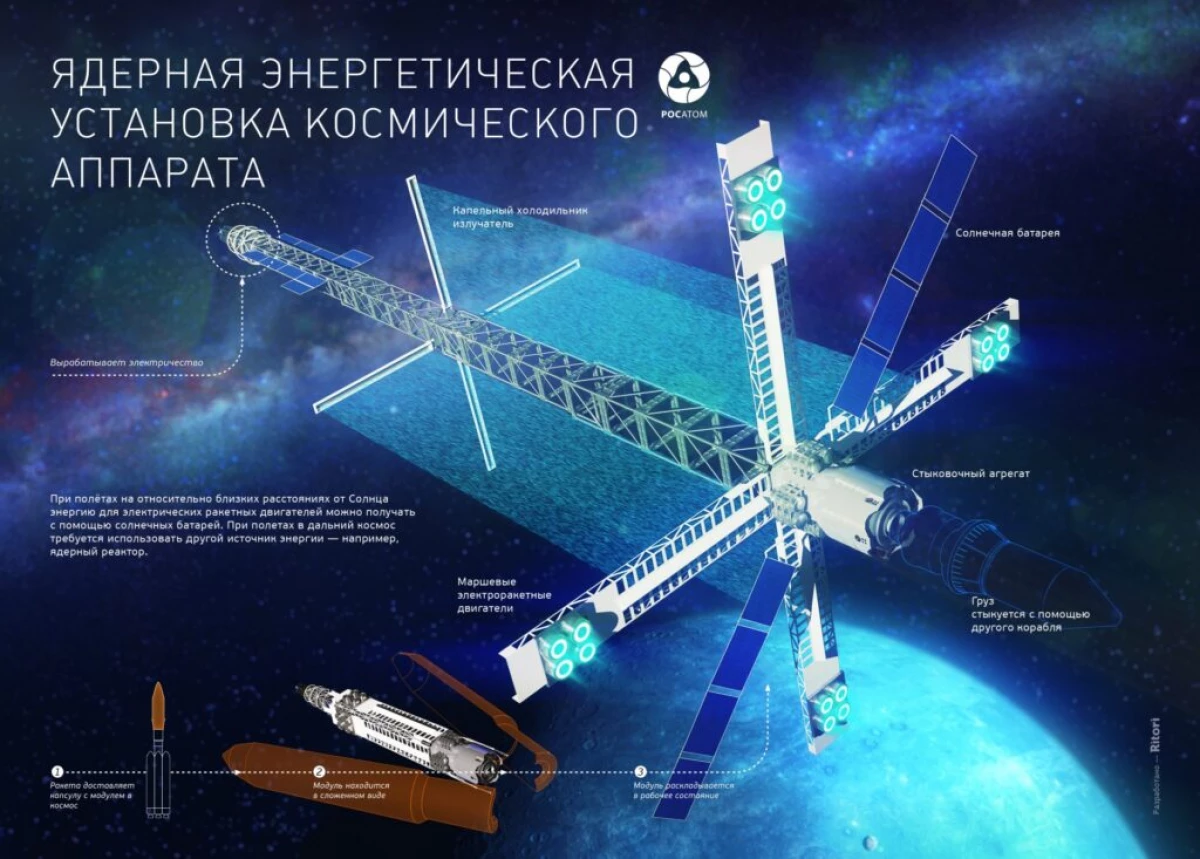
Reactors for electric rocket engines
In fact, NEP (Nuclear Electric Propulsion) is exactly the direction that the contractors "Roskosmos" go. A nuclear reactor, as in Earth, simply produces energy, and it is already consumed incredibly efficient electric rocket engines (EDD). Yes, in this variant, the thrust will be ridiculous, but it can be supported at least all the way - the working body is spent very little. A specific impulse, the main measure of the effectiveness of jet engines, Erd is simply extended than the chemical "colleagues".
With nuclear reactors in space is still more difficult. NASA and Russian engineers have experience in the development and operation of such energy plants in orbit. But for interplanetary travel, their power will need to raise a couple of orders of magnitude - from units or tens of kilowatt to megawatts. And these are completely new difficulties with cooling systems, ensuring safety and transform thermal energy into electricity.
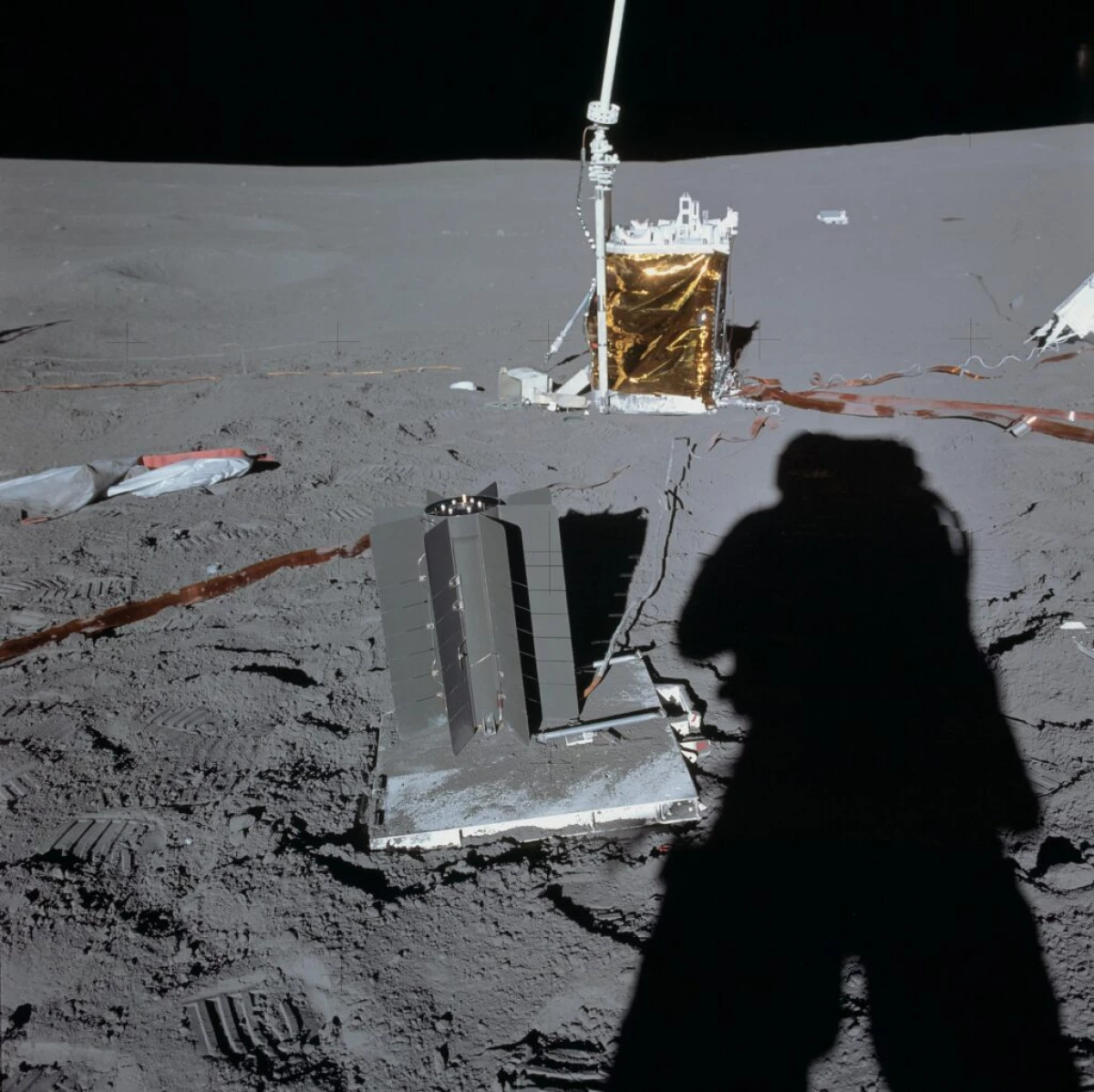
A little mansion in the report is the question of "superficial" reactors, that is, those that will feed the bases on the moon or Mars, if solar panels are not enough. Well, or for the necessary power, photovoltaic transducers are simply impossible to ride due to too large dimensions. This direction is recognized as a priority for three reasons. First, the Kilopower project has already proven its performance, which can be scaled. This is a compact nuclear reactor with stirling engines with electrical power up to 10 kilowatt. Secondly, such installations are needed for the lunar program "Artemis", which will unfold earlier. Well, and, thirdly, work on the "surface" reactors is indirectly promoted by the NEP, since it can be unified in many ways.
Deterrent factors
Yes, according to American specialists, nuclear power plants - if not necessary, then an extremely desirable element of manned Martian missions. And the arguments in favor of this point of view are very strong. At least astronauts do not have to be subjected to high doses of cosmic radiation for half a year: the atomic space towing is able to get to Mars for one and a half or two months. And this reduces the time of all the flight back to more than a severo or gives more time to work on the surface of the red planet.
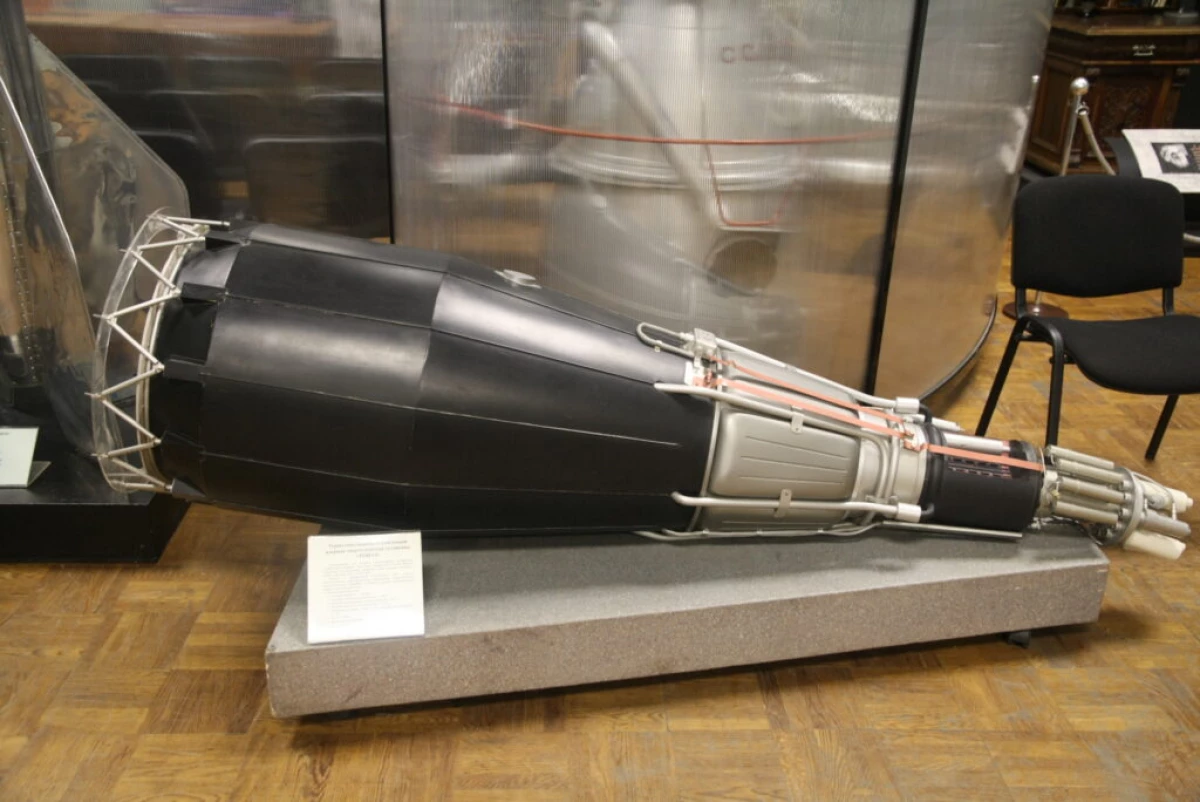
But there are very unpleasant nuances due to experience. The leader in the use of nuclear reactors in space can be considered to be the Soviet Union. It is also an absolute record holder in terms of dangerous incidents with satellites that had considerable number of radioactive materials on board.
As a result of malfunctions with such devices of the USSR, albeit nonsense, but still threw slices of highly enriched uranium-235 North-West Canada and the Ascension Island. And some near-earth orbits at altitudes between 760 and 860 kilometers for several hundred years will be undesirable to accommodate any satellites there: they are metal droplets of the coolant from the Cosmos-1818 diameter reactor with a diameter of up to 30 millimeters.
It is easy to understand why all the development in this area go so slowly - they are subject to even more stringent design safety requirements than usually in the rocket and space industry. And even if all theoretical and experimental data show the reliability of nuclear reactors for distant flights, it is not a fact that they will be massively used. In modern society, anti-masted moods are extremely strong, so that the thought of placing such an energy installation on the rocket is few people like.
Source: Naked Science
